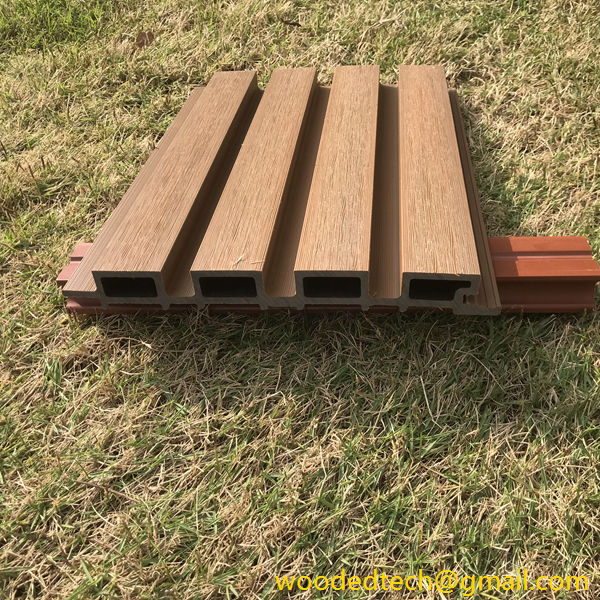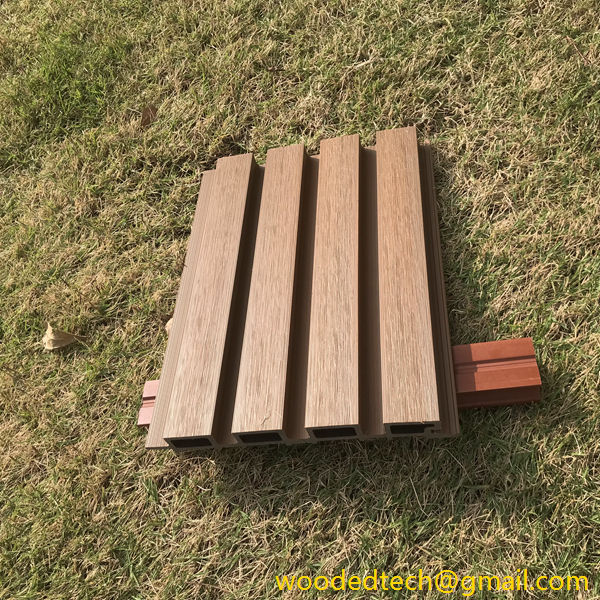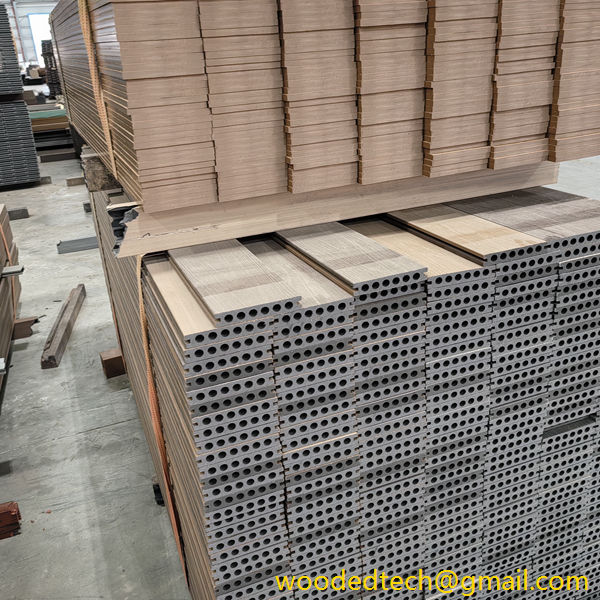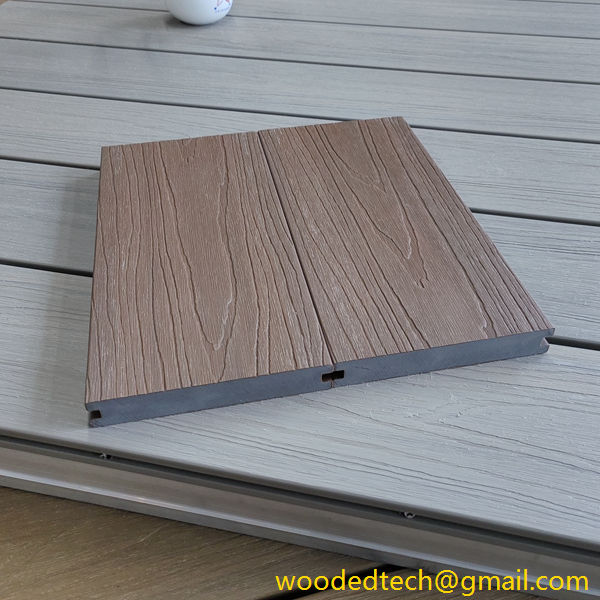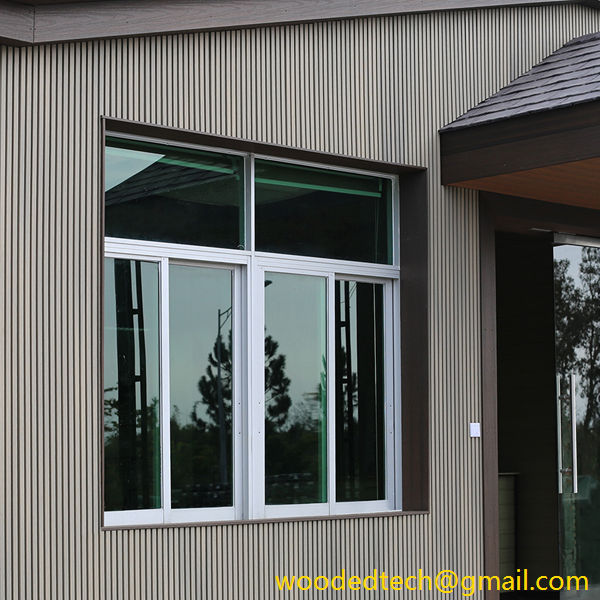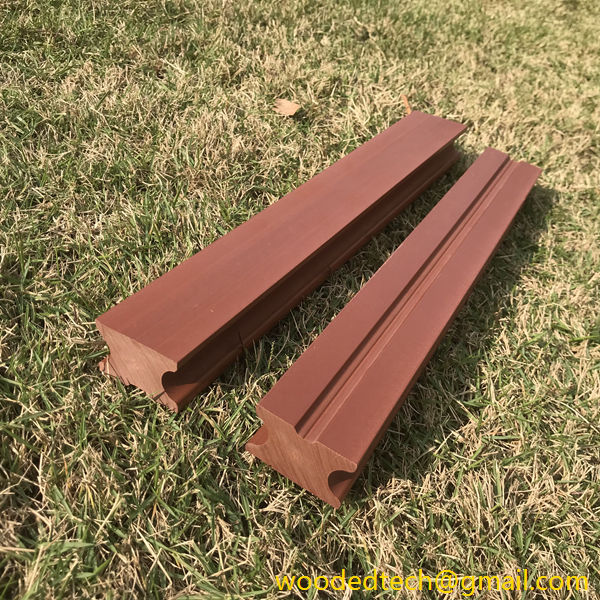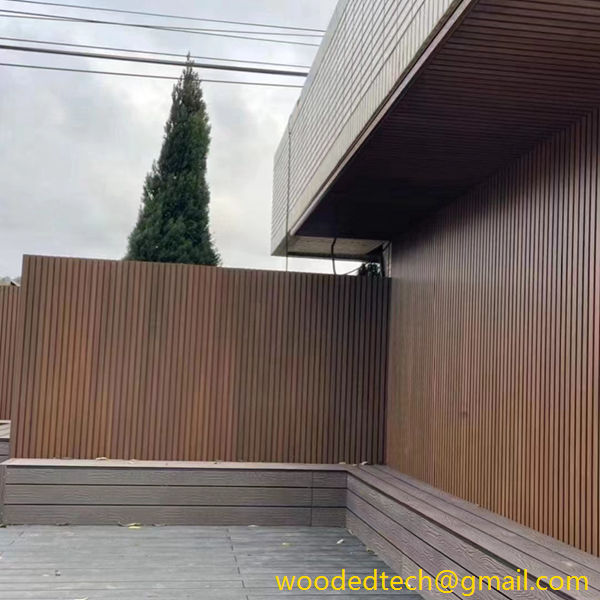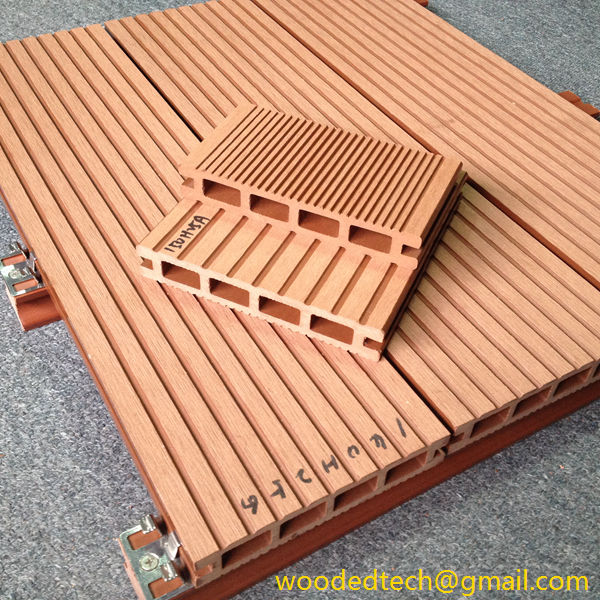Is Composite Cladding Any Good? Pros and Cons to Consider
Is Composite Cladding Any Good? Pros and Cons to Consider When it comes to enhancing the exterior of a building, composite cladding is increasingly becoming a popular choice among homeowners and builders alike. This innovative material offers a range of aesthetic and functional benefits, but it is essential to weigh the pros and cons before…
Is Composite Cladding Any Good? Pros and Cons to Consider
When it comes to enhancing the exterior of a building, composite cladding is increasingly becoming a popular choice among homeowners and builders alike. This innovative material offers a range of aesthetic and functional benefits, but it is essential to weigh the pros and cons before making a decision. One of the most appealing aspects of composite cladding is its easy installation, which sets it apart from traditional materials like wood or brick.
The ease of installation can be attributed to several factors. First and foremost, composite cladding is typically designed as a lightweight material. This characteristic makes it easier to handle and transport, reducing the physical strain on those involved in the installation process. Furthermore, many manufacturers provide composite cladding in pre-fabricated panels. These panels are often designed to interlock or snap together, minimizing the need for complex tools or extensive labor. This simplicity not only saves time but also lowers installation costs, making composite cladding an attractive option for budget-conscious projects.
Another aspect that contributes to the ease of installation is the versatility of composite cladding. It can be applied over existing materials, meaning that homeowners do not necessarily need to remove old siding or make extensive renovations. This feature is particularly beneficial for those looking to update the exterior of their homes without undergoing a complete overhaul. Additionally, many composite cladding systems have been engineered to allow for easy access to wall cavities for insulation or electrical work, further simplifying the overall process.
In terms of aesthetics, composite cladding comes in a wide variety of colors, textures, and finishes. This versatility allows homeowners and builders to achieve the desired look without the hassle of painting or staining wood, which can be labor-intensive and time-consuming. The color retention of composite materials is another advantage, as they are often designed to resist fading from UV exposure, meaning they will maintain their vibrant appearance for years to come.
Beyond aesthetic appeal, composite cladding also offers substantial functional benefits. For one, it is designed to withstand harsh weather conditions. Unlike traditional wood, which can warp, crack, or rot over time, composite materials are engineered to resist these issues. This durability is particularly advantageous in regions that experience extreme weather, as it ensures that the cladding will maintain its integrity and appearance over time.
Moreover, composite cladding is low maintenance. Homeowners no longer need to worry about regular painting or sealing, as these materials are typically resistant to mold, mildew, and pests. The need for maintenance is significantly reduced, allowing homeowners to spend less time and money on upkeep and more time enjoying their living spaces.
However, while composite cladding offers numerous advantages, it is not without its drawbacks. One of the primary concerns is the initial cost. Although the long-term savings in maintenance and durability can offset this expense, the upfront investment for composite cladding can be higher than traditional materials. Homeowners on a tight budget may need to consider this factor carefully before making a decision.
Another potential downside is the perception of composite materials. Some individuals may view composite cladding as less authentic than natural wood or stone. This perception can influence resale value or the overall appeal of a home, depending on the preferences of potential buyers. It is essential for homeowners to consider their personal tastes and long-term plans when deciding on cladding materials.
Environmental impact is another factor to consider. While many composite cladding products are made from recycled materials, the production process can still contribute to environmental concerns. Homeowners who prioritize sustainability may want to research manufacturers that use eco-friendly practices or seek out materials that are certified by environmental organizations.
In conclusion, composite cladding presents a compelling option for those looking to enhance the exterior of a building. Its easy installation process, lightweight nature, and versatility make it an attractive choice for both new constructions and renovations. The aesthetic options and low maintenance requirements add to its appeal, making it a practical solution for homeowners.
However, it is crucial to weigh the pros and cons carefully. The initial investment can be higher than traditional materials, and concerns about authenticity and environmental impact should be taken into account. Ultimately, the decision to use composite cladding should align with the homeowner’s personal preferences, budget, and long-term goals for their property.
By considering these factors and doing thorough research, homeowners can make an informed choice about whether composite cladding is the right fit for their needs. With the right approach, composite cladding can not only enhance the beauty of a home but also provide lasting durability and low maintenance, making it a worthwhile investment for many.

